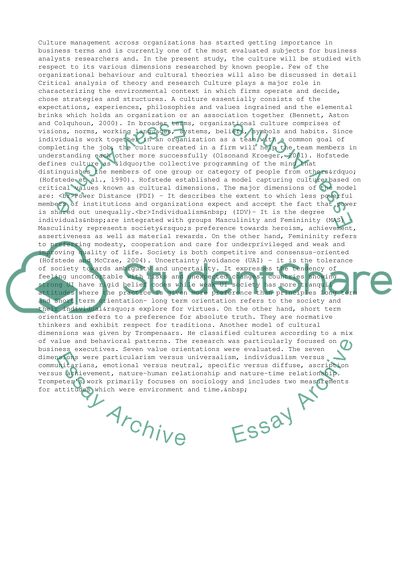Cite this document
(Effectiveness of Cross-Cultural Training Forms Research Paper, n.d.)
Effectiveness of Cross-Cultural Training Forms Research Paper. Retrieved from https://studentshare.org/management/1497775-managing-across-cultures-individual-report
Effectiveness of Cross-Cultural Training Forms Research Paper. Retrieved from https://studentshare.org/management/1497775-managing-across-cultures-individual-report
(Effectiveness of Cross-Cultural Training Forms Research Paper)
Effectiveness of Cross-Cultural Training Forms Research Paper. https://studentshare.org/management/1497775-managing-across-cultures-individual-report.
Effectiveness of Cross-Cultural Training Forms Research Paper. https://studentshare.org/management/1497775-managing-across-cultures-individual-report.
“Effectiveness of Cross-Cultural Training Forms Research Paper”, n.d. https://studentshare.org/management/1497775-managing-across-cultures-individual-report.


